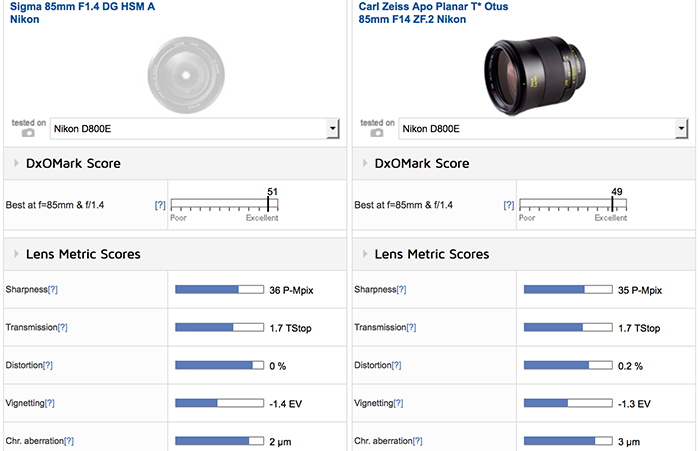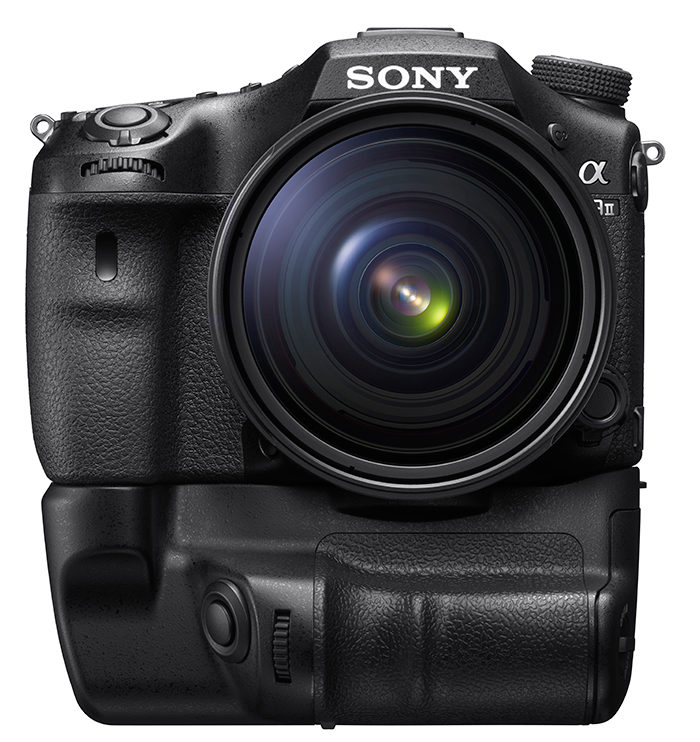
Dpreview just posted the a99II first impressions review. And there is one very interesting part about the “Light loss” caused by the presence of the fixed semi translucent mirror. And the news are very good indeed:
Raw
Let’s get to it and answer the biggest question: how does the mirror of the a99 II impact image quality of the 42MP sensor from the a7R II?
At base ISO, the differences between the two are virtually imperceptible, save for resolution dropping due to the lens used. That means between the a7R II and a99 II (center) resolution and detail remain largely the same, as does moirè.
Switching to low light we see a very small noise cost due to the mirror. We were surprised by just how small this noise penalty was, so we performed a more controlled study with the a99 II and a7R II both mounted to the same lens to minimize variables. Here, we found the a99 II to be about 1/3 EV behind the a7R II, closer in line with the expected 1/2 EV noise cost expected and reported by DXO. All in all, the mirror’s impact on image quality is remarkably small.
JPEG
As far as we can tell, the a7R II and a99 II share similar JPEG engines. There’s just a hint more NR at lower ISOs on the a99 II, perhaps due to the slightly increased underlying noise thanks to the mirror in the light path. That means users will continue to enjoy class-leading sharpening and very good high ISO detail retention. Unfortunately, Sony’s typical color issues persist, with greenish-tinted yellows and slightly cool greens.
Dynamic Range
The mirror’s effect remains shockingly small even in our ISO-invariance and Exposure Latitude tests, where while the sensor performs largely like it does in the a7R II. That means while it isn’t entirely ISO-invariant, it still offers an extremely low noise floor that can cope with some very strong processing, much like the a7R II.
Sony A99II at [shopcountry 54828].










